Sustainably is supported by readers like you. When you buy through links on this site, we may earn an affiliate commission at no additional cost to you. You can read more about affiliate links on our “About” page.
Introduction
Hopping on board with sustainability often means you start looking for new things to buy and new places to shop. That’s a deep rabbit hole to fall down, and it comes with lots of terms, ingredients, and even trends (that’s why I have a whole page dedicated to terms I’ve written about).
Grove Collaborative is an online site that provides access to a lot of eco-friendly and sustainable products all in one place. That can make it easier for you to get your items because you’re not shopping with 32 different tabs open.
Grove has tons and tons of products. Some brands are their own, like Peach, Rooted Beauty, and Seedling. Other products you can buy are made by well-known brands like Mrs. Meyer’s and Method.
So let’s dive right in because I think this is a fun brand review and it’s a great one for you to see, especially at the start of your sustainability journey
Do I recommend Grove Collaborative?
Yes. There are a ton of reasons why I recommend shopping from Grove. But before you click out because you got the go-ahead to shop with them, I recommend reading the rest of this post. Not just because I wrote it, but because they do a lot of things that you should look for in other companies too.
They set the bar high for what a transparent sustainable brand should look like, and they do it really well. That makes Grove a great measuring tool for comparison when checking out other brands in the future.
If you’d like to stay in touch and get updates on what brands, products, and ideas I’m covering, make sure to sign up for my weekly newsletter at the top of my home page.
Strengths & Weaknesses
Strengths
- Transparency
- A ton of plastic-free options
- Highly accessible
- Strong goals for the future
Weaknesses
- Sells products from brands I don’t consider sustainable
- Currently uses plastic when alternatives could easily be used
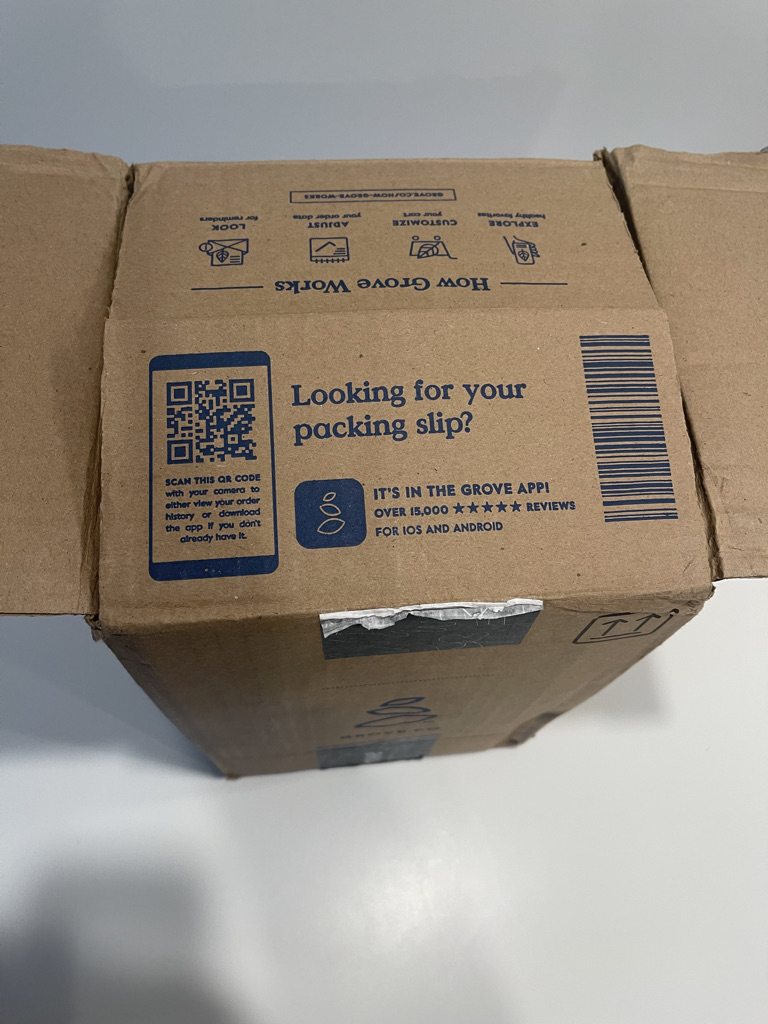
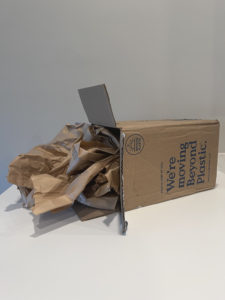
These images show Grove packaging. You can see they minimize packaging by printing directly on the recyclable box, and avoid non-recyclable stuffing.
Mission, Vision, Values
A company’s mission, vision, and/or values help guide a company’s actions. They also help us see who the company is, what they do, and why. That is very important when it comes to our expectations as consumers and holding them accountable for when they don’t uphold their mission, vision, or values.
If you want to see what it looks like when any of those things are absent (not transparent), then check out my post on why I don’t recommend Mrs. Meyer’s products.
I wasn’t able to find a Mission or Vision on their website for the whole brand but I did find Values. That’s fine, at the very least I aim to find one of the three. Their values look a little different than what you might expect and you can find them at the very bottom of any page.
They are: the Grove Standard, Sustainability, and Beyond Plastic. They also list a happiness guarantee and flex their B Certification here too but I don’t necessarily consider those values. If you want to know more about B Certification, read this post where I talk all about it.
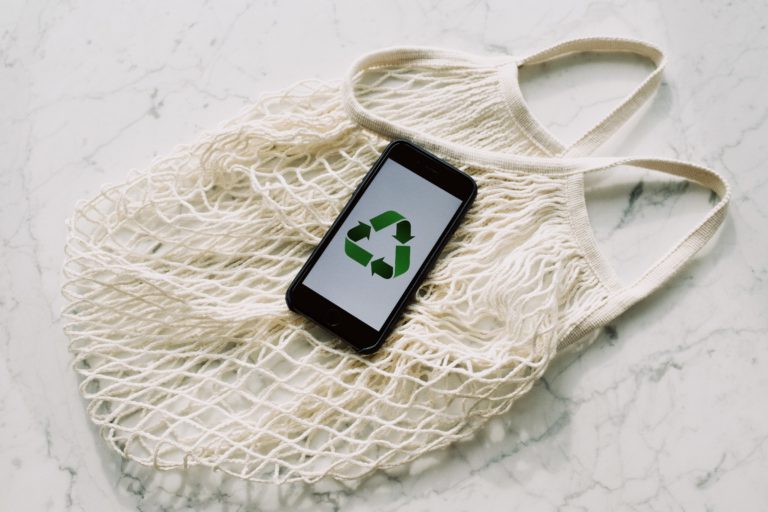
What I LOVE about their values is that each is a link to a FULL PAGE that gives you more information on what that value means to them. I completely recommend that you check out the values for yourself and just browse the pages. Look at all the info, and breathe in the fresh transparency.
If you don’t want to, I’m going to cover them oh-so briefly now. I’m summarizing to the extreme here. SO again, I have to recommend you check out their site to see all the crazy details they include. For each sentence I put below, there’s probably a whole page behind it so I just can’t do it justice in one blog post.
The Grove Standard
They apply the “Grove Standard” value to their partners (brands they sell) and themselves. The common standards they apply here are: ingredient transparency; sustainable materials; ethical supply chains; non-toxic, 100% cruelty free, and plant-based ingredients.
If you dig even further you’ll find a list of ingredients they refuse to use in their own products.
Sustainability
Here they focus on 3 factors: plastic, carbon, and trees/forests. You can read all about the different partners they work with for the specifics, but here’s the gist. They partner with other companies to either plant trees, offset their carbon, or focus on reducing plastic pollution.
These kinds of things generally mean the company is paying to be sustainable. On this scale, I’d say they’re being very sustainable!
Again, I’ve seriously oversimplified it so check out their site for the details.
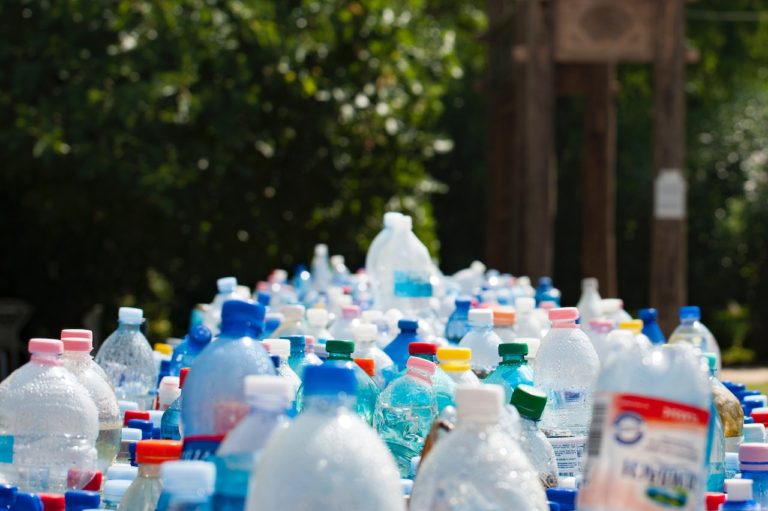
Beyond Plastic
The main focus here is they are currently “plastic neutral” and working towards being plastic free in regards to their products by 2025.
What does plastic neutral mean? Well they claim that for every ounce of plastic you purchase, they collect and recycle an ounce of plastic. They even have a “plastic scorecard” where you’ll find all the numbers for their plastic free actions.
Sometimes a company would do something like this in order to get away with producing more and more plastic. But we already know, and can look at, all the ways Grove is working to be more sustainable by eliminating plastic packaging by 2025. The scorecard and the sustainability report help us see that in great detail.
Transparency - Sustainability Report
Grove has a gigantic sustainability report. It’s kinda tucked away in their values a little bit. There you’ll see an 85 page document they’ve produced that looks at their values, goals, how they measure their progress and. SO. MUCH. MORE.
I cannot stress to you how important this is. If you’ve followed climate change news, you know that a lot of countries or corporations will make claims like “we aim to decrease our waste by 2040.”
That sounds good but you should be asking, how? How much will you decrease it by? Who’s going to measure it and hold you accountable? Why do you want to do that? Etc. This massive sustainability report answers those really important questions for you.
For example, in their beyond plastic section they talk about why they care, that they’re plastic neutral now (with a definition), that they’re going to be plastic free by 2025, why they’ve chosen that date, and so on. There’s so much there, I can’t even begin to paraphrase it here. They even have a mission and vision for their value “Beyond Plastic.” I couldn’t even find a mission or vision for the entire brand of Mrs. Meyer’s, let alone a single value!
This sustainability report gives it’s readers exactly what should be expected, a very deep look at where the company is coming from, how they’re sustainable right now, and where they plan to go in the future.
Stakeholders
Grove Collaborative is a Public Benefit Corporation (PBC). Cornell Law School says that a PBC basically balances not only stockholder interests, but public interests as well. Those public interests generally include the customer and others affected by the actions of the corporation.
PBCs are subjected to auditing that a non PBC corporation isn’t, that pretty much means the government makes sure they’re actually balancing everyone’s interest like they’re supposed to.
Other PBCs you might know include Patagonia and Ben & Jerry’s.

Grove's Inconsistencies
There are a few inconsistencies I want to talk about here. Inconsistencies are where I feel like a company’s choices or actions don’t line up perfectly with their vision, mission, or values.
Grove’s inconsistencies are that they still sell a lot of products packaged in single use plastic and they sell brands like Mrs. Meyer’s and Seventh Generation.
Why the not-so-sustainable brands?
Mrs. Meyer’s is owned by SC Johnson and Seventh Generation by Unilever. Both SC Johnson and Unilever are major single-use plastic producers and people tend to have very strong opinions about them in the sustainability world.
I did not recommend Mrs. Meyer’s products for a few reasons when I reviewed them a couple weeks ago. So why does Grove sell them? Perhaps the better question is, if Grove vets their third party companies before selling their products, why do they approve of Mrs. Meyer’s?
It’s a good question. The best answer is just that those brands (despite their owners and plastic usage) meet the Grove standards. Most of Grove’s plastic-related goals only apply to their own brands and not partner products.
I choose to overlook that decision for a couple key reasons. The first is, by carrying established and popular brands like Mrs. Meyer’s, I think Grove can attract and keep customers that might not otherwise check them out.
I’m going to insert an advertisement from Grove below. Grove has great gifts-with-purchase to entice new customers. They do this with many different kinds of products, but I’m pointing out Mrs. Meyer’s here so you can see how it might attract potential customers.
Selling products like Mrs. Meyer’s gets customers through the door and (as I’m sure Grove wants) will expose them to Grove’s own products which are likely plastic free and more sustainable.
For example, I might be willing to try a new cleaner, but I might also want the Seventh Generation toilet cleaner I’m already used to and the Mrs. Meyer’s dish soap my husband loves. If I’m that customer, it’s more likely that I’ll continue to subscribe if I can get what I love while trying out new items slowly rather than all at once. I think that’s a smart strategy.
Why the plastic?
The thing I don’t quite understand is some of their own plastic packaging. I’m currently testing out their laundry and dish detergent pods and plan to review those around November 2021. They come in plastic.
I typically use Dropps detergent for both appliances and those come in cardboard boxes. Switching from plastic to cardboard here seems like a super easy switch for Grove to make, I’m not sure why it hasn’t happened yet. But based on their goals, I expect it will happen in the next 3-4 years. You and I just have to make sure they follow through on their promises.
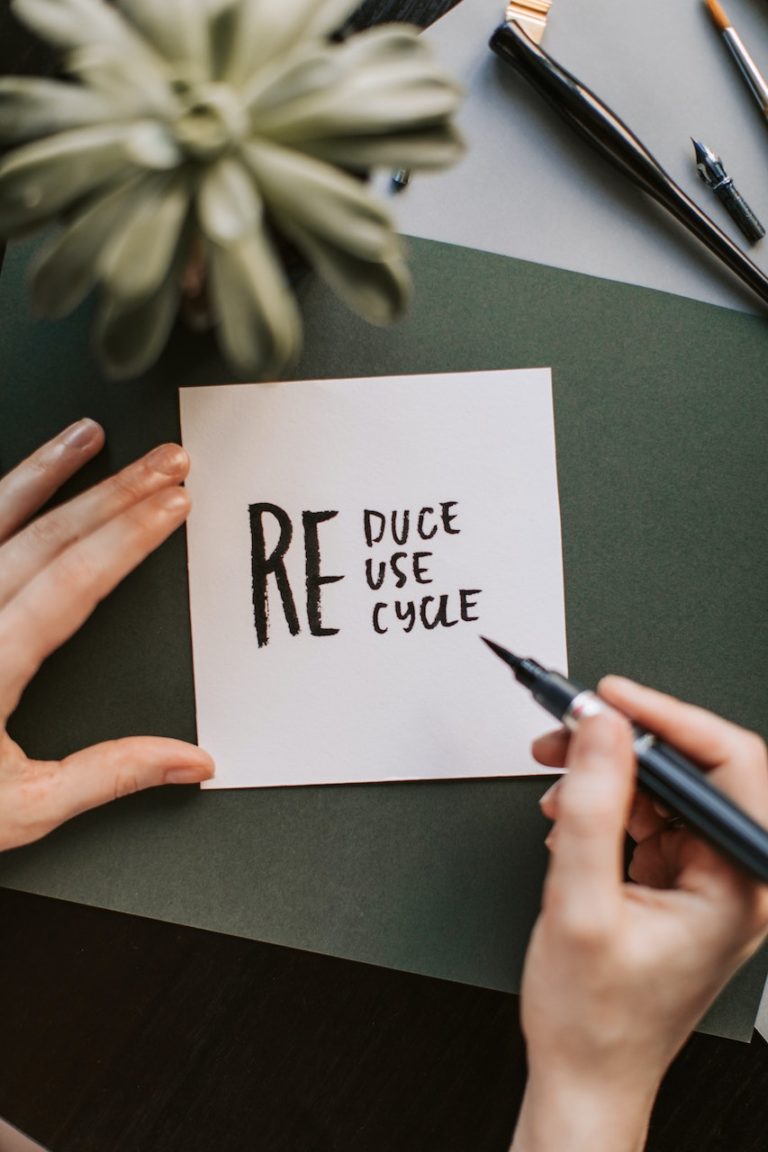
Why I Recommend Grove
All of the strengths I listed above are reasons I recommend this brand. But I’m going to emphasize the transparency here. Transparency is such a key factor in ensuring that what’s behind the product I’m buying is what I’m told it should be.
The B Certification is an independent third party that basically verifies that what Grove claims is true, amongst other things.
Transparency isn’t where good choices should stop, but it’s an excellent start and it’s one of the first instances you should either get red flags or have the feeling that a company is right for you. With Mrs. Meyer’s, I got red flags. With Grove, the transparency gives me access to move beyond what they claim at face value and ask tough how and why questions about what they’re doing.
I’m excited to see more innovation from Grove and I’m excited to watch them meet their future goals and inspire other companies to do the same. If there are specific products you’d like to see me try and review, make sure to put those in the form under my “Reviews” page.
Thanks for joining me today! If you liked this content and want to see more, please subscribe to my newsletter. You can do that here!
In case you didn’t catch my posts about sustainable things coming in plastic packaging, you can check it out here.
Pingback: Grove Hand Sanitizer: What You'll Love & Hate About It - Sustainably
Pingback: Is It Still Sustainable If It's Packaged In Plastic? - Sustainably
Pingback: Mission, Vision, Values: What are they? Are they important? - Sustainably